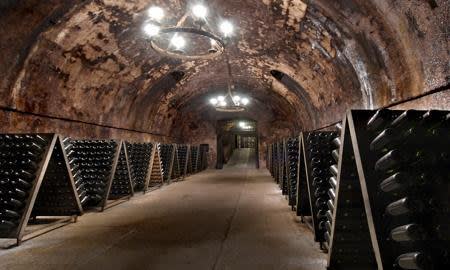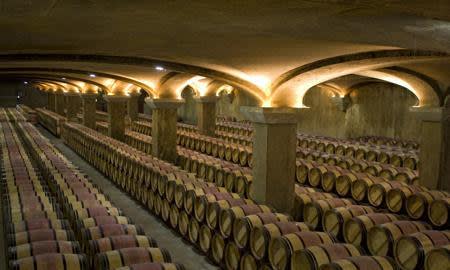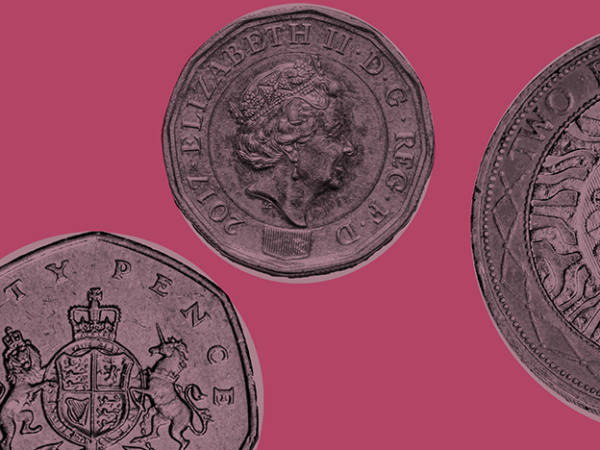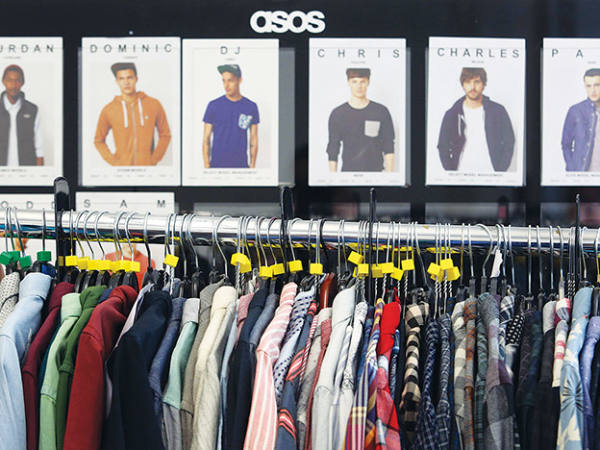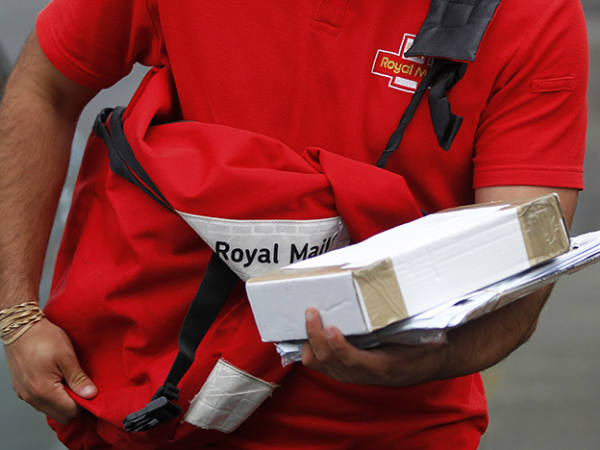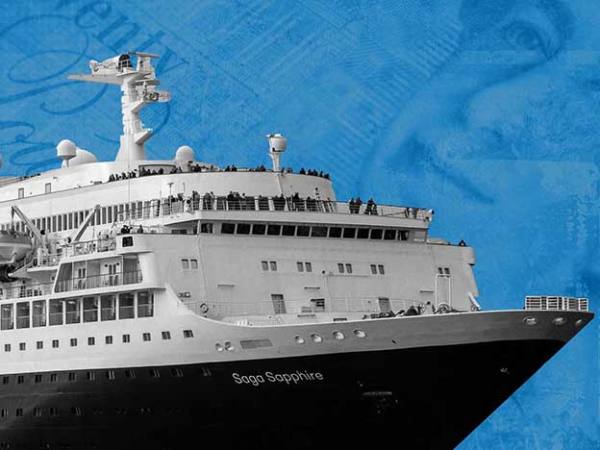OK, so it will take a lot of time and money to acquire a decent knowledge of all the wine growing regions, although it’s a process that many will argue has the attraction of involving having to drink a lot of wine. For others looking to invest, who have neither the inclination to drink wine, or who are more interested in profiting from other people’s drinking habits, there is a way.
Understanding the price of wine
But first of all, a little knowledge of the wine industry would be useful. The whole process begins with ‘en primeur’ which is in fact just a a nice way of saying wine futures. It works like this. After a year’s wine harvest, wine that has been maturing in large barrels is tasted after as little as six months since fermentation. Each wine is given a rating or score which reflects the expected quality of the wine once it has been bottled and given further time to mature. So, buyers can buy a quantity of wine En Primeur which is then held in bonded warehouses. The attraction is that once the wine is bottled, its qualities will pull in the buyers and the value will rise. The risk is that the wine won’t turn out quite as expected or there will be a shift in demand or tastes away from that particular wine. To compensate for this risk, En Primeur prices represent a significant discount to the final retail value. An extreme case is the 1982 vintage of Chateau Latour, sold for £250 a case (12 bottles) En Primeur in 1983 and valued in 2007 at £9,000. That’s a 3,500 per cent gain in 24 years. But there is value gain to be had after bottling too. A quick check on the Internet reveals that it is now selling at a whopping £2,000 for just one bottle.
In fact, the fine wine market operates in a structural market shortage. Most of the world’s recognised investment wines come from Bordeaux, where supply is limited by regulations and quality control. On the other side, demand from emerging nations with a growing band of fine wine buffs is virtually unlimited. Prices of bottled wine rose sharply in 2009 and 2010, boosted by a more relaxed tariff structure in Hong Kong where the 40 per cent duty on wine was abolished in 2008. This led to a boom in demand for fine wines, but after two years of strong growth many investors were starting to worry that the whole market was starting to look like a bubble. So, fears of a sharp drop back in prices together with a slip in demand saw values fall back in the second half of 2011 before edging ahead once more in January this year.
Furthermore, wine buffs in Hong Kong and China have a bit of catching up to do in identifying and buying different quality wines outside the established French names. In the UK for example, Italian wine sales in 2011 jumped by 63 per cent. Much of this was prompted by a rise in En Primeur release prices for 2009 and 2010 Bordeaux and Burgundy wines from France, which encouraged buyers to broaden their horizons and experiment with wines from elsewhere.
An increasingly liquid investment
To accommodate the growing interest in wine, Bordeaux Index was established in 1997 by Gary Boom, attracting interest from keen wine buff Michael Spencer, Icap’s chief executive and minority shareholder, who late last year became chairman of BI. The company is now one of Europe’s leading fine wine merchants. As well as offering customers a bespoke service – including their own account manager to look after all their requirements, the group also offers wine tasting, storage and wine tours. And in 2009, it launched LiveTrade, the world’s first on-line trading platform, and it also created the Bordeaux Index, a real time index that tracks live changes in the prices of around 100 of the most liquidly traded wines, and which is available on the LiveTrade market making screen. Its attraction is simplicity. Investors no longer have to base their investment decisions on monthly movements as charted by the Liv-ex 100 Benchmark Fine Wine Index, and registered users have access to individual price graphs for all the wines traded, with data going back to 2008.
The most important thing is to have an investment plan or at least some idea of what you are hoping to achieve. Choices could include buying 12 cases of wine and waiting for the price to go high enough to sell 11 cases to cover the cost and keeping one case for drinking. You might want to consider a time scale. Obviously with high quality wines, as time goes by stocks decline and prices hopefully rise. On the other hand, you might want to purchase a varied portfolio of wines and simply sell up when you have made a reasonable profit. It is equally important to ensure that you are dealing with a reputable merchant with adequate insurance and proper storage facilities. In fact, if you wish to trade in wine as a commodity, BI has the only on-line trading platform.
Contacting BI, you will be placed in the hands of an investment manager who will guide you through the varying options. He will tell you what wines people are buying at the moment and which wines are increasing in value. Having created your portfolio and paid for it, the wine is stored in a bonded warehouse with your name on it. The wine is yours to sell or sit on. There is no commission on transactions – BI takes its turn from the difference between buying and selling prices. These spreads can be quite wide, but BI suggests that you always ring up for best price advice before hitting the sell button because most trades are effected inside the official spread. There is one up front expense, apart from buying the wine, and that is the storage cost. This works out at £8.50 per case per year, and includes insurance at full resale value. There is no excise duty or VAT to worry about either, as your wine is in a bonded warehouse, and tax only applies when you take delivery. So if you simply sell the wine back to BI at a later date, there is no excise duty, VAT or capital gains tax to pay. What’s more, BI has a guaranteed buy-back scheme, whereby they promise to buy back any wine that you buy from them. There is no set minimum investment, but investors looking to make a decent return should consider having at least £10,000 to build a portfolio, although BI reckons it can provide a starter portfolio for as little as £2,000.




